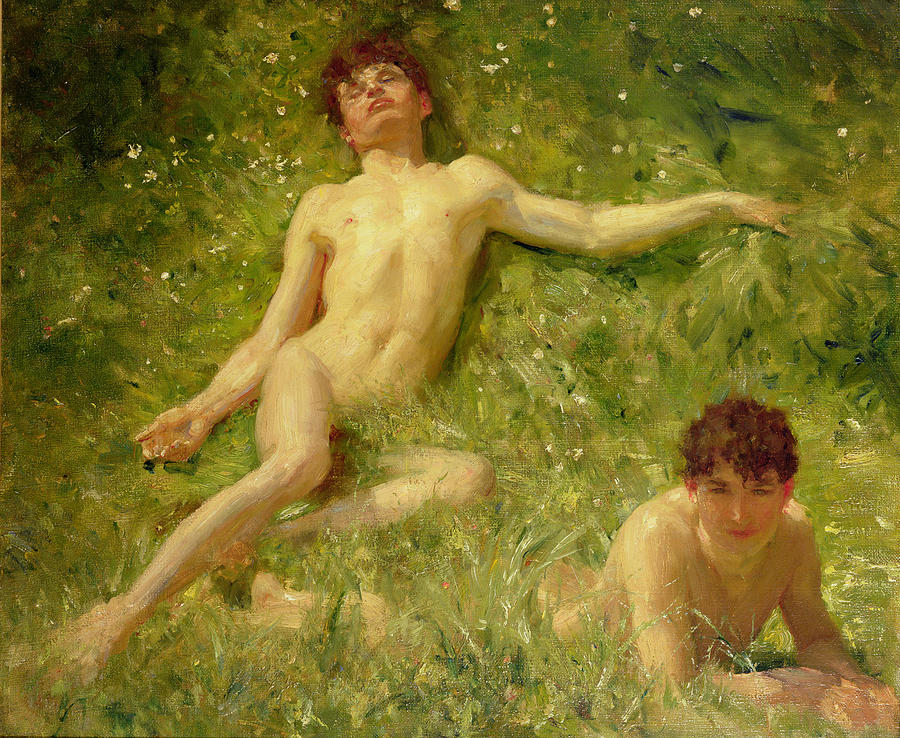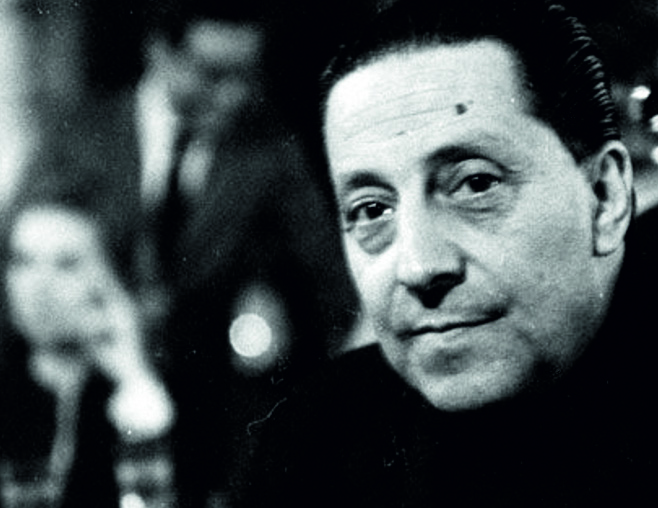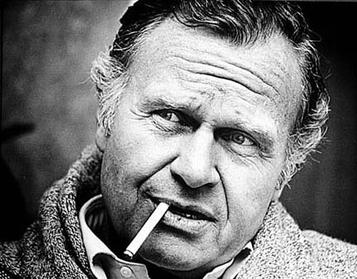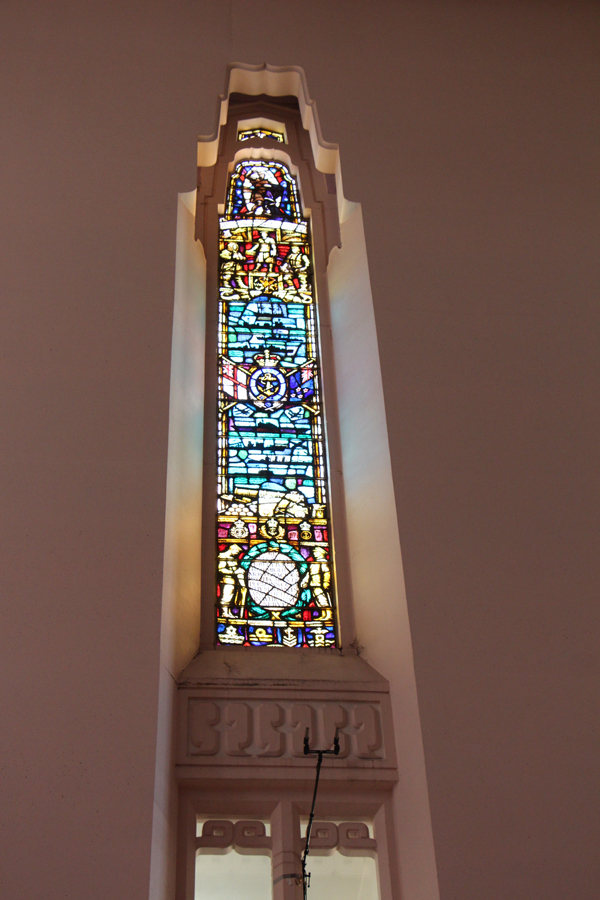|
Gay Wisdom for Daily Living brought to you by White Crane Institute ͏ ͏ ͏ ͏ ͏ ͏ ͏ ͏ ͏ ͏ ͏ ͏ ͏ ͏ ͏ ͏ ͏ ͏ ͏ ͏ ͏ ͏ ͏ ͏ ͏ ͏ ͏ ͏ ͏ ͏ ͏ ͏ ͏ ͏ ͏ ͏ ͏ ͏ ͏ ͏ ͏ ͏ ͏ ͏ ͏ ͏ ͏ ͏ ͏ ͏ ͏ ͏ ͏ ͏ ͏ ͏ ͏ ͏ ͏ ͏ ͏ ͏ ͏ ͏ ͏ ͏ ͏ ͏ ͏ ͏ ͏ ͏ ͏ ͏ ͏ ͏ ͏ ͏ ͏ ͏ ͏ ͏ ͏ ͏ ͏ ͏ ͏ ͏ ͏ ͏ ͏ ͏ ͏ ͏ ͏ ͏ ͏ ͏ ͏ ͏ ͏ ͏ ͏ ͏ ͏ ͏ ͏ ͏ ͏ ͏ ͏ ͏ ͏ ͏ ͏ ͏ ͏ ͏ ͏ ͏ ͏ ͏ ͏ ͏ ͏ ͏ ͏ ͏ ͏ ͏ ͏ ͏ ͏
|
|
||||
| This Day in Gay History | ||||
June 12Born 1858 - HENRY SCOTT TUKE, English painter, born (d; 1929); Although a great deal of attention has been paid to the paintings and photographs of naked girl children that were innocently, yet disturbingly, common in the Victorian era (Lewis Carroll’s photographs, for example), almost no attention has been paid to the even more prevalent representations in art of prepubescent boys during the same repressive period. In the America of Horatio Alger, the parlors of the fashionable were decorated with the salon paintings of J.D. Brown, whose sentimental studies of newsboys, grocer boys and street urchins not only prefigure wide-eyed Keanes and the teary-eyed horrors of Woolworth’s, but rather perversely transfer the physical horseplay of robust teenagers to the bodies of eight and nine year olds. 1892 - DJUNA BARNES, American author born (d. 1982); an American writer who played an important part in the development of 20th century English language modernist writing and was one of the key figures in 1920s and 30s bohemian Paris after filling a similar role in the Greenwich Village of the teens. Her novel Nightwood became a cult work of modern fiction, helped by an introduction by T.S. Eliot. It stands out today for its portrayal of Lesbian themes and its distinctive writing style. Since Barnes's death, interest in her work has grown and many of her books are back in print. In the 1920s, Paris was the center of modernism in art and literature; as Gertrude Stein remarked, "Paris was where the twentieth century was." Barnes first traveled to Paris in 1921 on an assignment for McCall’s Magazine. She interviewed her fellow expatriate writers and artists for U.S. periodicals and soon became a well-known figure on the local scene; her black cloak and her acerbic wit are remembered in many memoirs of the time. 1906 - Italian poet SANDRO PENNA, (d: 1977) was born on this date. For Sandro Penna boyhood was the embodiment of desire and the inspiration for all of his poetry. Penna was born in Perugia, but after the age of sixteen, spent most of his life in Rome. By some standards, his life was uneventful, unambitious, lonely, scruffy, and sordid. One does not have to endorse this view. Penna made firm choices about the two things in life that interested him most: poetry and boys. Died 2002 - BILL BLASS, American fashion designer died on this date (b. 1922); An American fashion designer, born in Fort Wayne, Indiana. He was known for his tailoring and his innovative combinations of textures and patterns. One of the most influential of American designers, Blass was the recipient of many fashion awards, including seven Coty Awards and the Fashion Institute of Technology’s Lifetime Achievement Award (1999). Blass began his New York fashion career in 1946. Though not believing in sexual categorization, Blass came to be quite open about his attraction to both women and men, alluding to the existence of secret same-sex couplings in Fort Wayne and New York. Blass also had a charming personality and had a wide range of associations, boasting friendships with everyone from fellow fashion icon Oscar de la Renta to war criminal Henry Kissinger, though maintaining that he generally preferred to keep a certain emotional distance from others. A regular smoker, Blass was diagnosed with throat cancer in the spring of 2000. The designer received waves of support from friends during his subsequent radiation treatments. He succumbed to the disease on June 12, 2002, passing away at his home in New Preston, Connecticut, at the age of 79. His autobiography, Bare Blass, was released a month later by HarperCollins. Noteworthy | ||||
|
|8|O|8|O|8|O|8|O|8|O|8|O|8|O|8| Gay Wisdom for Daily Living from White Crane Institute "With the increasing commodification of gay news, views, and culture by powerful corporate interests, having a strong independent voice in our community is all the more important. White Crane is one of the last brave standouts in this bland new world... a triumph over the looming mediocrity of the mainstream Gay world." - Mark Thompson Exploring Gay Wisdom & Culture since 1989! |8|O|8|O|8|O|8|O|8|O|8|O|8|O|8| | ||||
|
|||||
|






